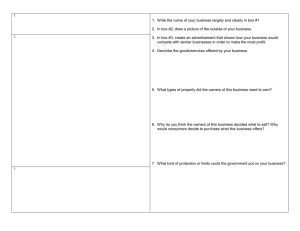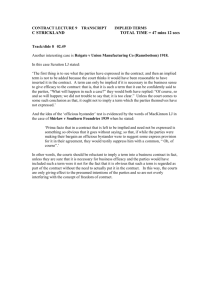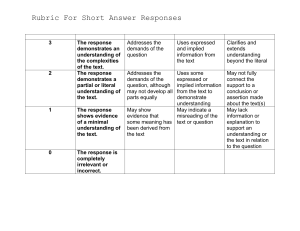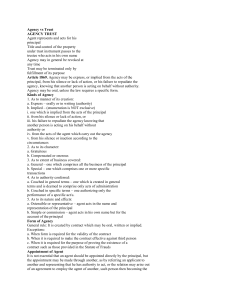Market Value vs. Intrinsic Value: Company Valuation Explained
advertisement
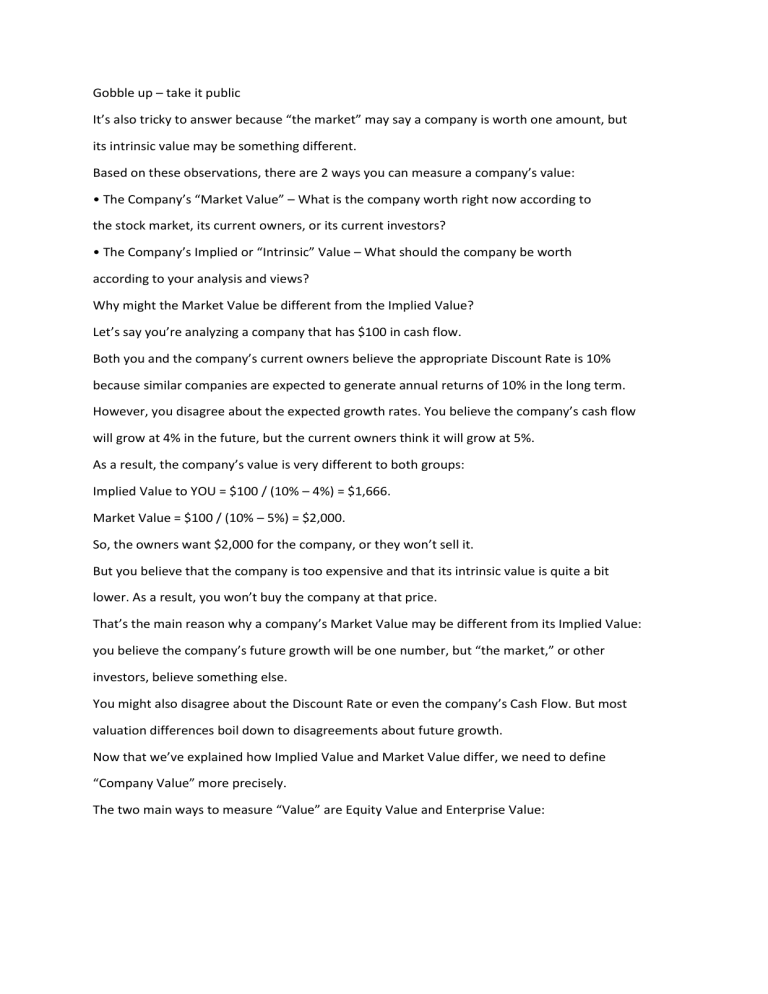
Gobble up – take it public It’s also tricky to answer because “the market” may say a company is worth one amount, but its intrinsic value may be something different. Based on these observations, there are 2 ways you can measure a company’s value: • The Company’s “Market Value” – What is the company worth right now according to the stock market, its current owners, or its current investors? • The Company’s Implied or “Intrinsic” Value – What should the company be worth according to your analysis and views? Why might the Market Value be different from the Implied Value? Let’s say you’re analyzing a company that has $100 in cash flow. Both you and the company’s current owners believe the appropriate Discount Rate is 10% because similar companies are expected to generate annual returns of 10% in the long term. However, you disagree about the expected growth rates. You believe the company’s cash flow will grow at 4% in the future, but the current owners think it will grow at 5%. As a result, the company’s value is very different to both groups: Implied Value to YOU = $100 / (10% – 4%) = $1,666. Market Value = $100 / (10% – 5%) = $2,000. So, the owners want $2,000 for the company, or they won’t sell it. But you believe that the company is too expensive and that its intrinsic value is quite a bit lower. As a result, you won’t buy the company at that price. That’s the main reason why a company’s Market Value may be different from its Implied Value: you believe the company’s future growth will be one number, but “the market,” or other investors, believe something else. You might also disagree about the Discount Rate or even the company’s Cash Flow. But most valuation differences boil down to disagreements about future growth. Now that we’ve explained how Implied Value and Market Value differ, we need to define “Company Value” more precisely. The two main ways to measure “Value” are Equity Value and Enterprise Value:
